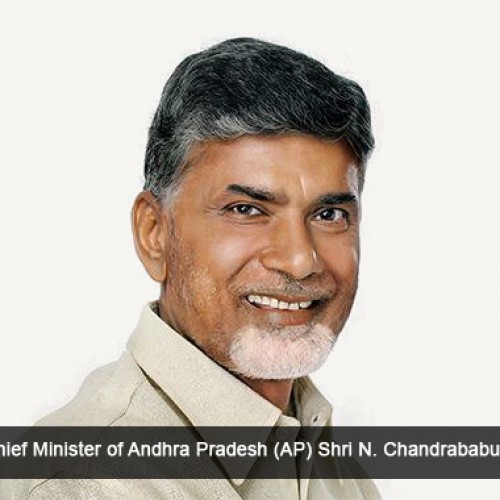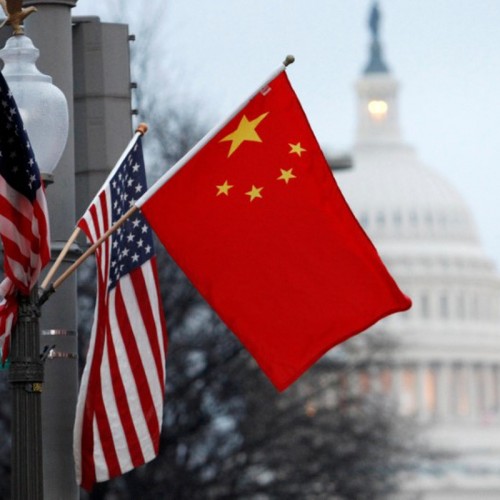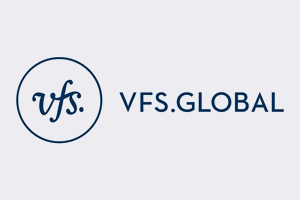Indigo’s plan to launch cheap international flight opens up new prospects
It was a piece of news that sent the spirits of the budget traveller soaring. In May this year, Icelandic carrier WoW Air announced the launch of long-haul low-cost (LHLC) services from New Delhi to US, at just Rs 13,499 for a one-way journey. Indian carriers have since joined the race, with market leader IndiGo unveiling plans to fly to long-haul markets in Europe and, at a later date, to US, and budget carrier SpiceJet following suit. After budget carriers revolutionising domestic aviation, it may now be the turn of international flying to go democratic. In fact, the global aviation industry has earmarked 2018 as the year of LHLC flights. For those who didn’t know, LHLC flights entail seven-eight or more hours of flying at eye-popping fares, sometimes even 50% lower than those charged by full service carriers (FSCs). A CAPA report of March, 2018, revealed that on average three LHLC airline launches have taken place every year since 2012, the most prominent among them being of Norwegian Air.
If there are concerns over the plans of Indian carriers, these have to do with viability. In 2013, a McKinsey & Co report said the cost advantages that had enabled LCCs to continuously under-price mainstream airlines and build a loyal customer base were difficult to replicate on long-haul routes — for instance, Norwegian Air, the pioneer in the field, has been facing mounting losses. Experts point out that with fuel constituting a larger share of total costs, the cost gap between low-cost and full service operators narrows on long routes, though new generation aircraft like A320Neo and Boeing 737 Max which are more fuel-efficient would aid LHLC operations. The critical component for Indian LHLC carriers if they are to succeed would be feed. Experts say that without a network, it would be difficult to stick to point-to-point flying (without stopover) and remain profitable.
The case of Malaysian carrier AirAsia X, the largest LHLC operator , illustrates the point. Approximately half of AirAsia X’s traffic connects onto other AirAsia X or AirAsia flights. Though IndiGo has a robust domestic network, it lacks such feed, making alliances or partnerships with other airlines necessary for its plans to succeed. An ex-airline professional feels IndiGo may delay launch of full-blown international operations, targetting safer point-to-point flights to secondary airports in UK like Birmingham even as it resolves the partnership issue — the airline is likely to launch LHLC operations by the end of this year.
However, aviation analyst and consultant KG Vishwanath trashes the point-to-point flying business model. “It’s not about filling planes. You need the right partner, the right mix of low-paying and higher paying traffic,” he says. On IndiGo’s plans, he says, “there is a possibility that UAE carriers will take them to the cleaners by dropping fares very low.” A Sharjah hub may not be a bad business move though, he adds. Yet, LHLC flights from India would open a segment of the market that has not been tapped until now.
Mark Martin, founder and CEO of Dubai-based consultancy Martin Consulting LLC says, “the opportunity is huge. WOW, Whizz, AirAsia X and IndiGo with A321LRs could open up completely new markets like Istanbul, Bulgaria, Moldova, Spain and Morocco.” Balu Ramachandran, head, air & distribution, Cleartrip, thinks Indian LHLC carriers would initially seek to make inroads into the high-density European markets which full carriers like Air India and Jet Airways dominate. That there is great room for growth in the international sector is evident from the fact that it is growing at about 9% compared to 20-25% growth in the domestic market.
A CAPA (India) report says Indian budget carriers would be operating approximately 40 wide-body aircraft by 2025, adding annually 2 million outbound passengers to destinations such as New York and Sydney. And with spend on tourism by Indians rising to $40 billion by 2027 from $16.4 billion in 2016, lack of a market is certainly not a factor that would come in the way of LHLC flights.
News Source: https://www.financialexpress.com/
You might also like
AP Chief Minister unveils new program bouquet for active tourism promotion
Hon’ble Chief Minister of Andhra Pradesh (AP) Shri N. Chandrababu Naidu, commemorating the World Tourism Day 2016 – ‘Tourism for All’ – promoting universal accessibility, unveiled a plethora of activities
TRS Coral Hotel gets included in ‘the leading hotels of the world’ collection
TRS Coral Hotel, the luxurious adults-only property in Costa Mujeres, northeast of Yucatan Peninsula– Mexico, opening in autumn 2018 by Palladium Hotel Group, has announced its inclusion in the exclusive
China issues US travel warning amid trade tensions
China’s embassy in Washington has issued a security advisory to Chinese nationals travelling to the United States, the latest such warning as trade tensions escalate between the two countries. The







